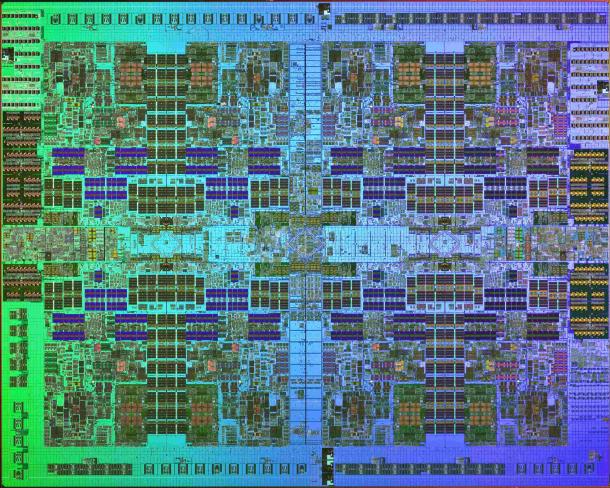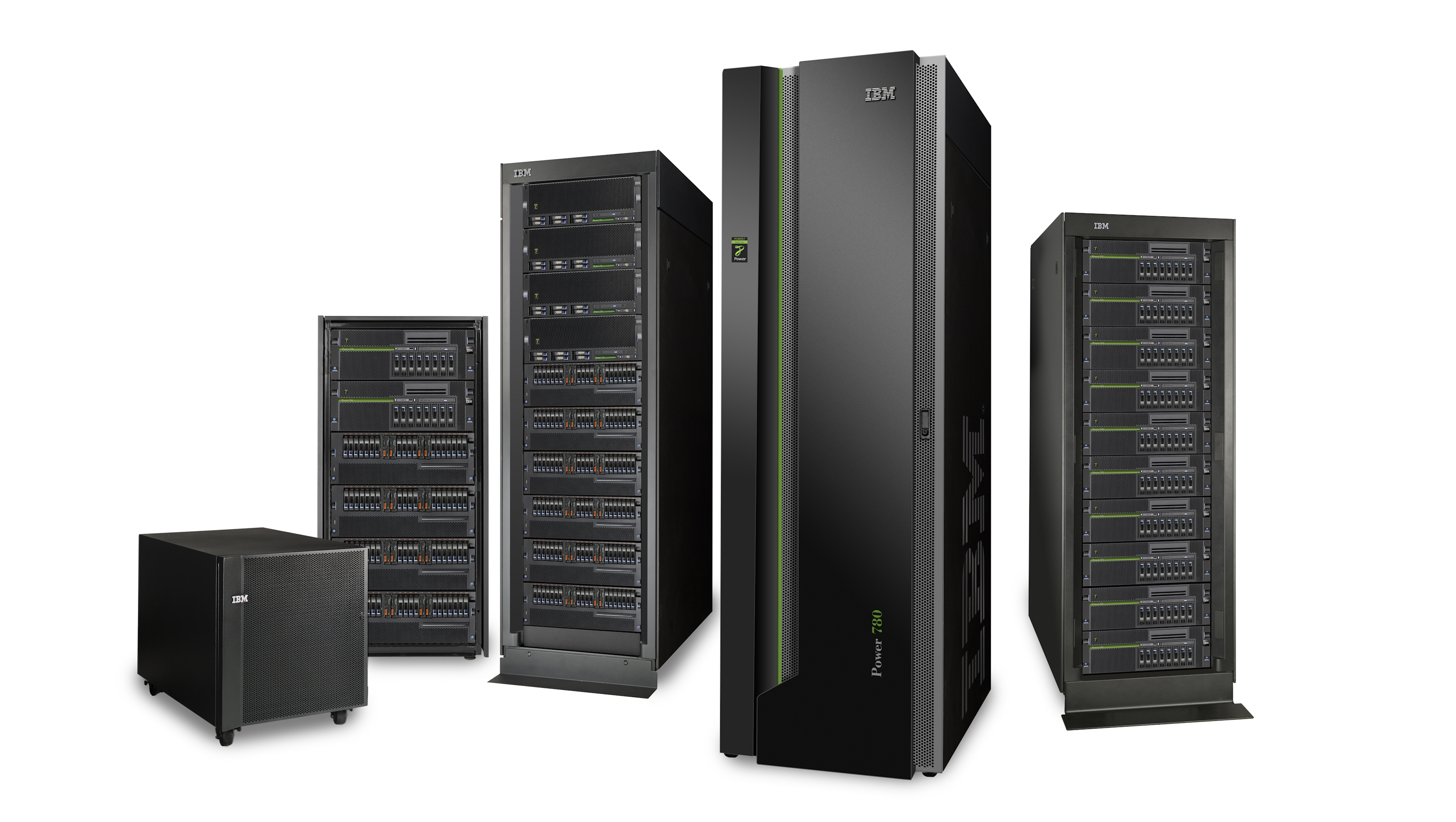IBM's New Power 7 Server Lineup: More Speed
Company stresses energy efficiency and performance over competitors HP and Oracle.
IBM this week introduced a range of new Power 7-based servers that fill out its System p offerings on both the high-end and low-end of the performance scale. The new servers come a few months after the first batch of mostly mid-range servers came on the market, the first to support IBM's Power 7 processor.
IBM introduced the Power 7 processor in February. The processor comes in four-, six- and eight-core configurations and is aimed squarely at Intel's Itanium and Sun's UltraSparc. IBM has been quite aggressive in pursuing those customers with offers of migration assistance in moving off the old hardware.
On the low end, IBM announced four servers under the "Express" brand name, starting at $6,385. These servers – formally named IBM Power 710, 720, 730 and 740 Express – are designed as power-efficient rack-mounted or tower servers for small to medium-sized companies, or as departmental servers.
The Power 710 Express is a one-socket, 2U rack server; the Power 720 Express is a one-socket server available as either a 4U or a tower; the Power 730 Express is a two-socket, 2U rack server; and the Power 740 Express is a one- or two-socket server in either a 4U rack or a tower configuration.
They can be loaded with IBM's AIX Unix, Linux, or IBM i, which was previously known as i5/OS.
On the high-end, IBM is offering the Power 795, a server capable of scaling to 64 processors and 8TB of memory. IBM says it is more than four times the performance of the best of IBM's previous generation of servers, the Power 595.
The Power 795 also has a number of unique IBM features to improve performance. It uses IBM's EnergyScale technology to vary the CPU clock frequency based on the workload, while Active Memory Expansion uses memory compression technology to make the physical memory on the server appear to be double what it actually is.
Get Tom's Hardware's best news and in-depth reviews, straight to your inbox.
The new servers also come with IBM's PowerVM virtualization software, which can run more than 1,000 virtual servers on a single physical system. Customers can connect two Power 795 systems with Power Flex, which allows administrators to shift workloads between systems while they are running live, helping to balance workloads without interruption.
The new IBM servers are expected to ship on September 17.
Tom's Hardware is the leading destination for hardcore computer enthusiasts. We cover everything from processors to 3D printers, single-board computers, SSDs and high-end gaming rigs, empowering readers to make the most of the tech they love, keep up on the latest developments and buy the right gear. Our staff has more than 100 years of combined experience covering news, solving tech problems and reviewing components and systems.
-
nevertell Wow, imagine running pr0n off of an 8tb ramddisk.Reply
But seriousley, If I had at least 10 gb of ram, I'd run a script that is executed as fast as possible in the boot sequence to copy my whole /boot, /etc, /usr, /tmp and /var on it. And a script for shutdown so it's all copied back to disk in the end. -
hellwig ReplyThe processor comes in four-, six- and eight-core configurations and is aimed squarely at Intel's Itanium and Sun's UltraSparc. IBM has been quite aggressive in pursuing those customers with offers of migration assistance in moving off the old hardware.
I really don't see how this is possible. Aren't the architectures completely different? Wouldn't you have to convince new customers to recompile their entire codebase (or, at the very least, obtain pre-compiled copies from the vendor under some sort of maintenance contract)? Seems to me, this is just an upgrade for existing IBM customers, and an option for brand new customers. I don't think you'd convince anyone to move from Itanium or UltraSpark. -
bison88 IBM Power CPU lineups are hardly interesting since their main client (Apple) dropped them 5 years ago. They do tend to find themselves in IBM's superscomputers which are always fun to watch in the race to an Exaflop.Reply -
hellwig, much code today is not locked to a specific processor as it was in the old days of assembler coding. Ahh I remember it fondly. Code is written by compilers that don't care about the hardware and firmware underpinnings because such is isolated by additional layers of coding that has been standardized. For example Java is pretty portable, can run most anywhere on most anything without having to recompile. Now if you want to take advantage of a specific unique feature that the p box has or you move say from a Weblogic to a WebSphere server you might have to do some recompiling to take advantage of specific unique features.Reply
-
It's doubtful I could be convinced to upgrade from the AS/400 we still use for medical records to something they are offering.. if only because I know it'll cost a pretty penny to 'migrate'Reply
-
mayne92 ^^^ Given what I've seen in the intellectual power of some Tom's readers, I feel many would actually click and do business with the spammer above...Reply -
xrodney hellwigI really don't see how this is possible. Aren't the architectures completely different? Wouldn't you have to convince new customers to recompile their entire codebase (or, at the very least, obtain pre-compiled copies from the vendor under some sort of maintenance contract)? Seems to me, this is just an upgrade for existing IBM customers, and an option for brand new customers. I don't think you'd convince anyone to move from Itanium or UltraSpark.Personally i am supporting both and find P5-7 systems more stable and reliable then itanium. Also "offers of migration assistance in moving off the old hardware" is about moving/migrate data and software to new system/platform.Reply


